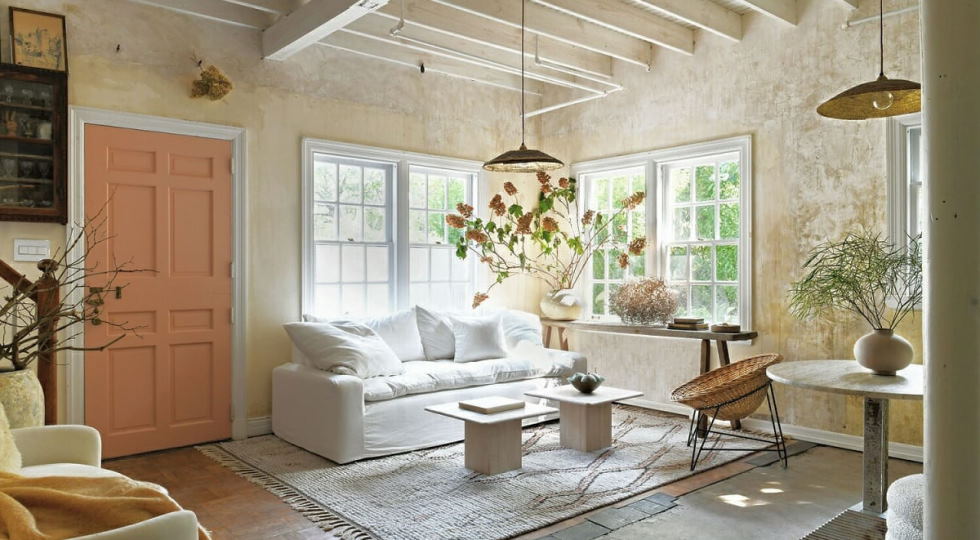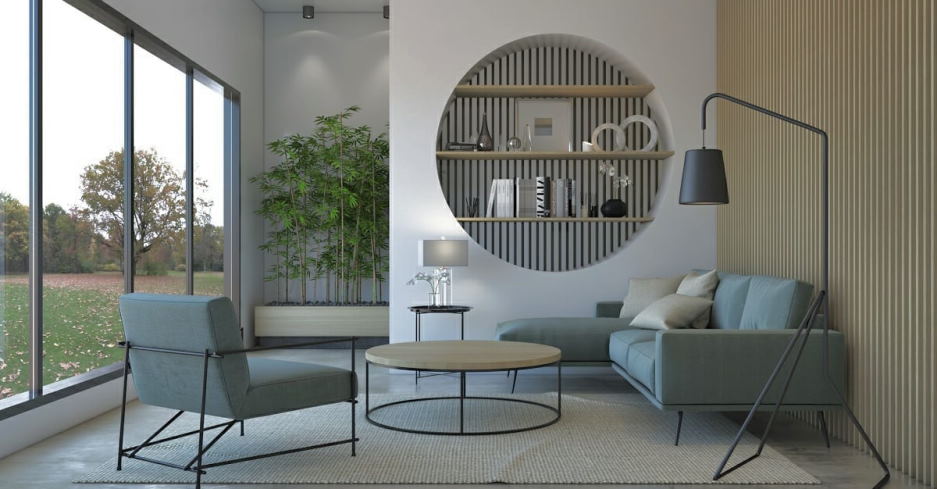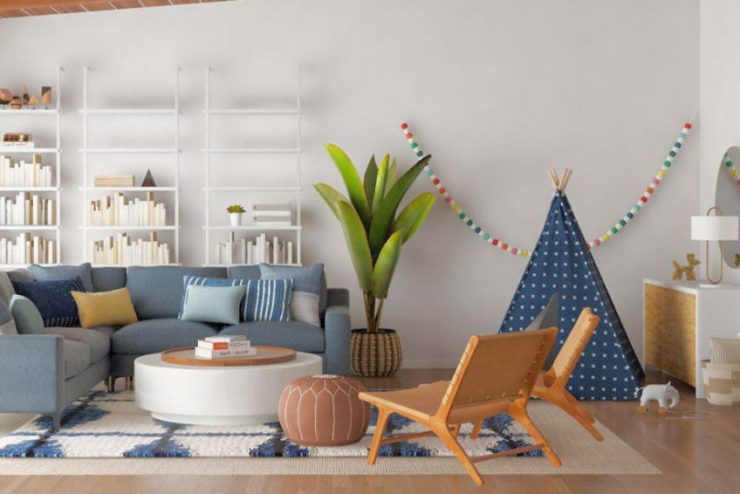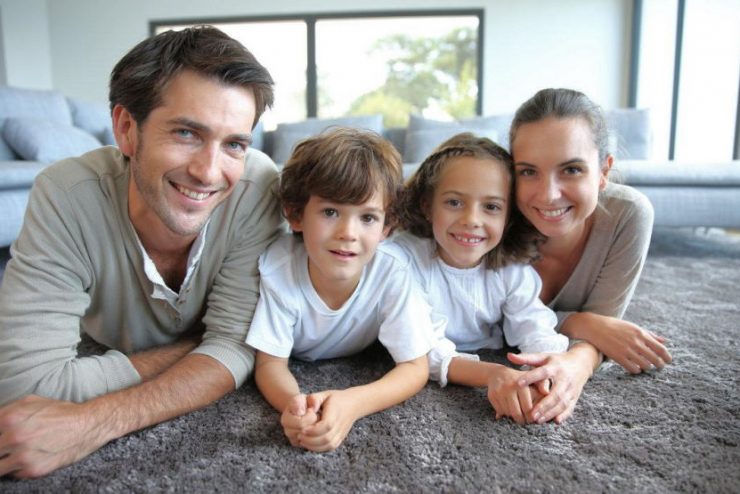Are you looking for ways to make your home more sustainable? If so, you’ll want to check out these interior design ideas to help you live a green life. From using recycled materials to incorporating natural elements into your décor, these tips will help you create a beautiful and eco-friendly space. So why wait? Start implementing these tips today and see how easy it can be to go green!

How to create a stylish & eco-friendly home
- Use natural materials: When choosing materials for your home, look for items that are made from sustainable, natural sources. Bamboo, wool, cotton, and stone are all great options that will help you create a green space.
- Incorporate plants: Not only do plants add life and color to your home, but they also help to purify the air. Choose low-maintenance varieties that don’t require a lot of water or care, and consider adding an indoor herb garden for fresh flavor all year long.
- Consider your furniture: If you’re in the market for new furniture, look for pieces that are made from sustainable materials like bamboo or rattan. And when it comes to fabrics, look for natural fibers like cotton or wool.
- Control your lighting: One of the easiest ways to save energy at home is to make smart choices about your lighting. Use LED bulbs, which are more energy-efficient than traditional incandescent bulbs, and take advantage of natural light by opening blinds and curtains during the day.
- Invest in green appliances: When it’s time to upgrade your appliances, choose energy-efficient models that will help you save money on your utility bills. Look for the ENERGY STAR label when shopping for new refrigerators, dishwashers, and other big-ticket items.
- Be water-wise: Water is one of our most precious resources, so it’s important to use it wisely. Install low-flow fixtures in your bathroom and kitchen, and water your plants during the cooler hours of the day to minimize evaporation.
- Recycle and reuse: One of the best ways to reduce your environmental impact is to recycle and reuse whenever possible. Set up a recycling bin in your home and make an effort to recycle paper, plastic, and glass. And when you’re done with old clothes, furniture, or electronics, donate them to a local thrift store or charity.
- Choose nontoxic cleaning products: When it comes time to clean your home, reach for nontoxic, eco-friendly products that won’t harm the environment. Look for natural alternatives to harsh chemicals, opt for refills, and concentrates on reducing packaging waste.
- Install a programmable thermostat: Heating and cooling account for a large portion of your home’s energy usage, so it’s important to be efficient. A programmable thermostat can help you reduce energy consumption by automatically adjusting the temperature when you’re not home.
- Educate yourself and others: One of the best things you can do for the environment is to educate yourself and others about sustainable living practices. Share what you’ve learned with your family and friends, and encourage them to make eco-friendly choices in their own lives.
Principles of sustainable interior design
The ultimate goal of sustainable design is to create a healthy indoor environment that supports the well-being of occupants while minimizing the negative impact on the natural environment. Sustainable designers consider several factors to achieve this, including energy efficiency, water conservation, indoor air quality, material selection, and waste reduction.
One of the most important principles of sustainable interior design is energy efficiency. This means using less energy to achieve the same or better results. There are a number of ways to make a space more energy efficient, such as using daylighting and solar shading techniques, selecting energy-efficient lighting and appliances, and insulating walls and ceilings.
Water conservation is another important principle of sustainable interior design. This can be achieved through water-efficient fixtures and appliances, drought-tolerant landscaping, and gray water recycling systems.
Indoor air quality is a major concern for many people, especially those with allergies or respiratory conditions. Sustainable designers specify materials that emit low levels of volatile organic compounds (VOCs), select furniture and finishes that do not off-gas harmful chemicals, and provide adequate ventilation to ensure good indoor air quality.
Material selection is another key consideration in sustainable interior design. Sustainable materials are durable, renewable, recyclable, or have low embodied energy (the energy used to produce them). Some sustainable materials include bamboo, wool carpeting, certified wood products, linoleum flooring, and cork wall coverings.
Finally, waste reduction is an important principle of sustainable interior design. This can be accomplished using recycled and recyclable materials, refurbished furniture and fixtures, and composting systems. By following these principles of sustainable interior design, you can create a healthy and environmentally responsible space that will be enjoyed for many years.




